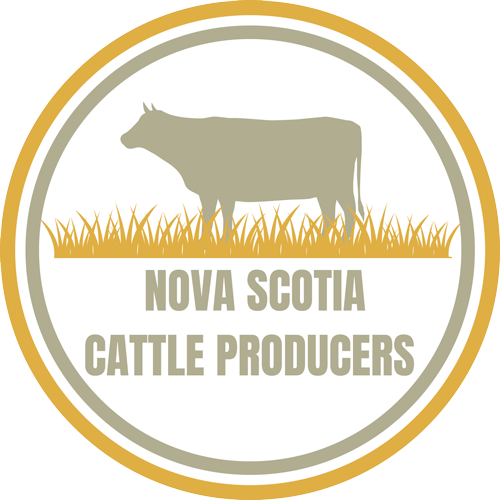Optimal Pasture Grasses
Agriculture Canada researchers sow seeds for optimal beef cattle eats
Scientists say they looked at 54 types of pastures and came up with the top 5 grass mixes
By Elizabeth McMillan, CBC News Posted: Jan 13, 2016 6:20 AM AT Last Updated: Jan 13, 2016 6:20 AM AT
A group of Agriculture and Agri-Food Canada researchers say they’ve come up with new blends of grass that could offer richer pastures for beef cattle.
Scientists spent the past five years studying how different types of fields affect livestock at the Nappan Experimental Farm in Amherst, N.S.
They measured how much cattle grew and how much back fat they developed, compared to what they ate. After looking at 54 different mixtures of grazing grass, they identified five top performers.
John Duynisveld, a beef research biologist, said the work showed different types of pastures can have a big influence on livestock and even extend how much of the year cattle are able to feed outside.
“It can have an affect on how the animals grow and how quickly they’ll grow and develop,” he said. “It gives us a pasture that is more resilient to changes in weather … that will have some species [of grass] that will always be growing at different times of the year.”
Reducing production costs
Over a period of several months, the researchers used ultrasound machines to measure how much weight each cow put on. Duynisveld said the goal was to have about three millimetres of back fat on the cattle.
Researcher Yousef Papadopoulos, who specializes in plant breeding, said they compared the growth numbers to the energy and protein in the pastures.
The winning grass combinations include some alfalfa, birdsfoot trefoil, timothy and orchardgrass.
He said the ultimate goal is to offer farmers a pasture that will allow them to keep their cattle grass-fed, and avoid the additional expense of sending cattle to a feedlot before slaughter.
He said keeping cattle in fields for longer can save farmers money in the long run. “Any producer who is willing to reduce their production cost … the data we have will help them do that,” he said.
Quality, not just quantity
There’s a science to creating the best pasture recipe, one that requires grass and legumes. Papadopoulos looked at what types worked best.
“Growing grass alone, getting a lot of tonnage per acre is important, but what’s also important is getting good quality,” said Papadopoulos.
On Saturday, Duynisveld and Papadopoulos presented the new mixtures to farmers at an open house in Amherst. About 50 people took part, with some farmers video-conferencing in from other parts of the Maritimes.
Duynisveld said farmers often plant “recommended varieties” designed to produce hay, but which are not as good for grazing.
“They’ve been selected for a hay type of system where they’re harvested two or three times a year and they don’t have the pressure of animals grazing on them,” he said.
Duynisveld and Papadopoulos said while they studied beef cattle, the grass combinations can also apply to sheep and dairy cattle.
The researchers said they are still analyzing the results from 2015 and plan to publish the research this year.
